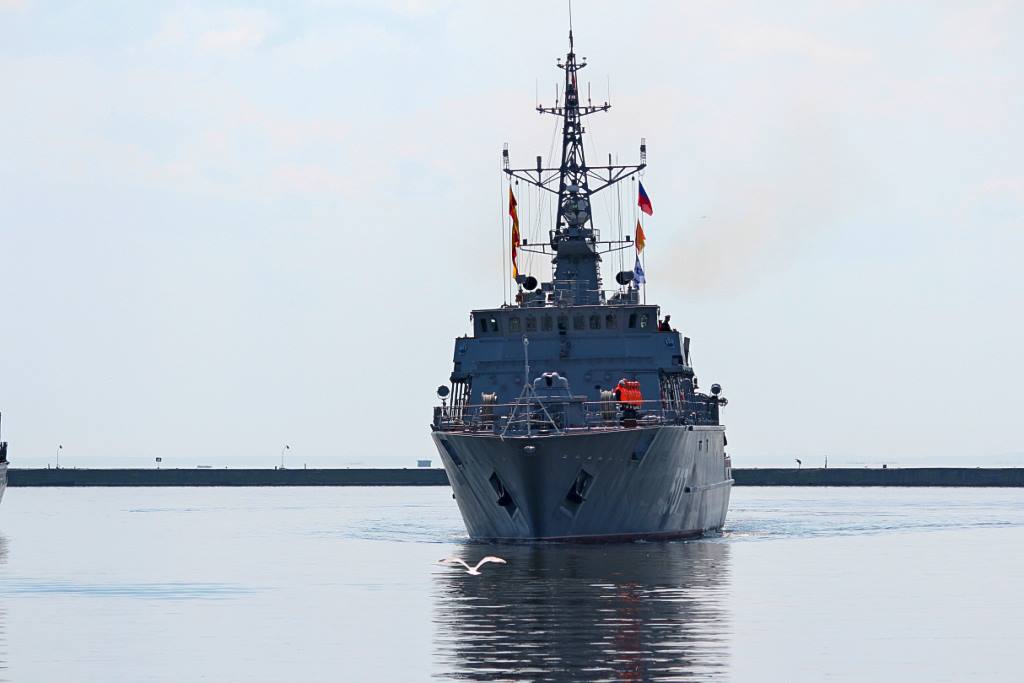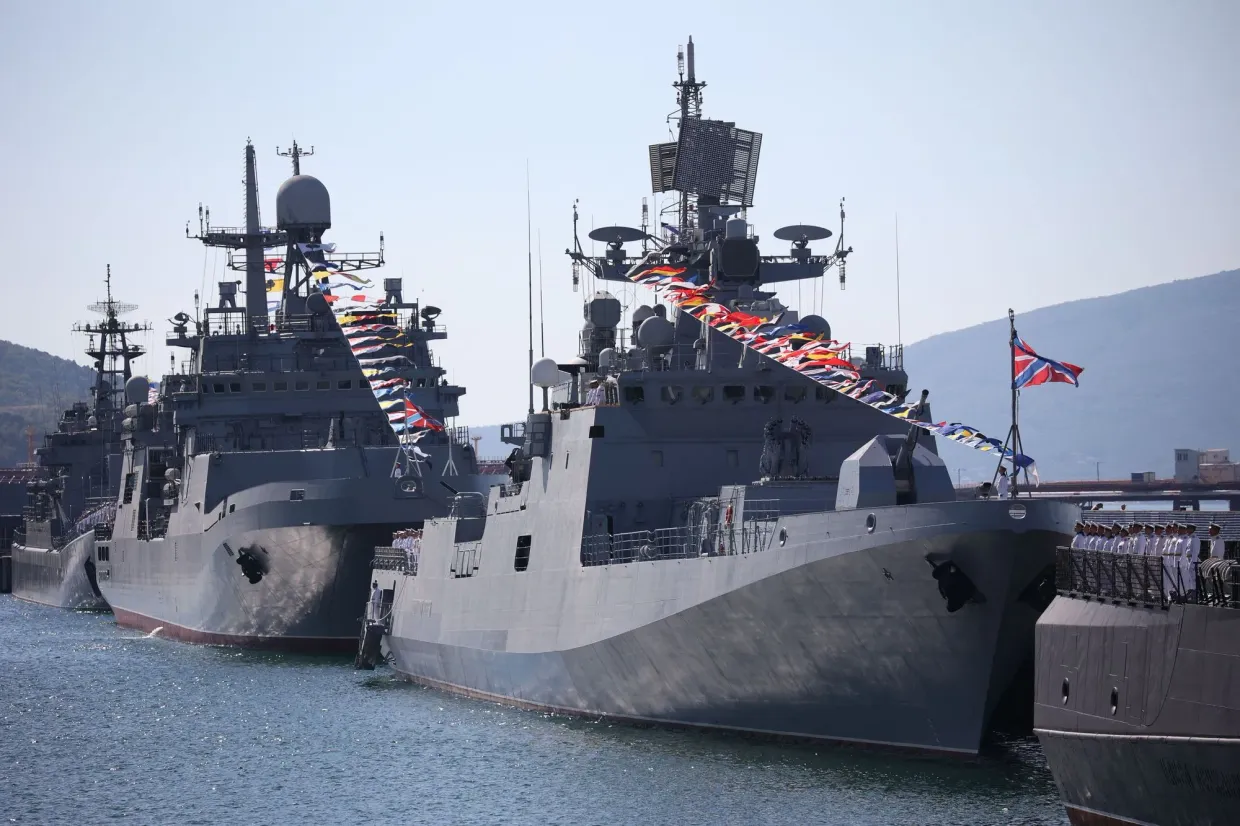ISW: Russia wants to modernize army for long war with Ukraine and possible NATO confrontation

On 12 June, Russian President Vladimir Putin initiated a new phase of government discussions on the State Rearmament Program for 2027–2036, with the agenda focused on advancing air defense, space systems, drone capabilities, and robotic technologies, according to a 13 June report from the Institute for the Study of War (ISW). The overhaul is part of Russia’s preparation for a prolonged war with Ukraine and potential future conflict with NATO, the think tank says.
During the meeting, Putin claimed that Russia’s air defense systems had ostensibly intercepted over 80,000 aerial targets since February 2022. Of these, 7,500 were described as operational-tactical and cruise missiles, which Putin said were “almost all” Western-made. He argued that Russia’s war in Ukraine demonstrated the need for a “universal air defense system” that can counter all types of projectiles.
Focus on AI, space capabilities, real-time command systems, naval rebuilding
Putin also emphasized the necessity for advanced digital technologies and artificial intelligence (AI) to be deeply embedded in Russian military systems. He outlined goals to develop a fleet of new, unspecified spacecraft aimed at improving reconnaissance and enabling real-time command and control capabilities. The Kremlin is also investing in the modernization of the Russian Navy and seeking to rebuild the Black Sea Fleet, which has suffered heavy losses due to Ukrainian attacks.
“Putin’s statements regarding the need for enhanced Russian air defense systems are likely in part a response to Ukraine’s ‘Operation Spider Web,’ in which Ukrainian forces demonstrated an ability to achieve operational surprise and launch drones against airbases in Russia’s deep rear, highlighting the inability of air defenses in these areas to repel short-range Ukrainian first-person view (FPV) drone strikes,” ISW wrote.
Oil revenues may factor into strategy
Despite its ambitions, Russia’s ability to finance the vast rearmament remains unclear, ISW says. According to the think tank, the country’s defense industrial base (DIB) had already struggled with fulfilling both domestic and foreign military contracts before Western sanctions were imposed in 2022 in response to the full-scale invasion of Ukraine.
ISW suggests that rising oil prices—partly triggered by Israeli strikes against Iran—could help Russia finance some of its military goals if those prices remain elevated over the medium- to long-term.
Israel’s attack on Iran may have revived Moscow’s oil revenues for war
The think tank concludes that the Kremlin is likely using battlefield lessons from its war in Ukraine to “inform adaptations of Russia’s military and preparing Russia’s DIB for a protracted war against Ukraine and a potential confrontation with NATO.”
Read also
-
Russia may bring war to NATO’s doorstep and further if Europe abandons Moldova and Ukraine, says Zelenskyy
-
Trump again blames both Ukraine and Russia for failing to reach a peace deal
-
Russian bombers flee to Far East after operation Spiderweb attack. Tu-95 will now need 23 hours for Ukraine missile missions
-
“The Russians are, mildly speaking, not that successful” in their new offensive, Zelenskyy says




